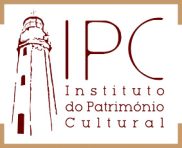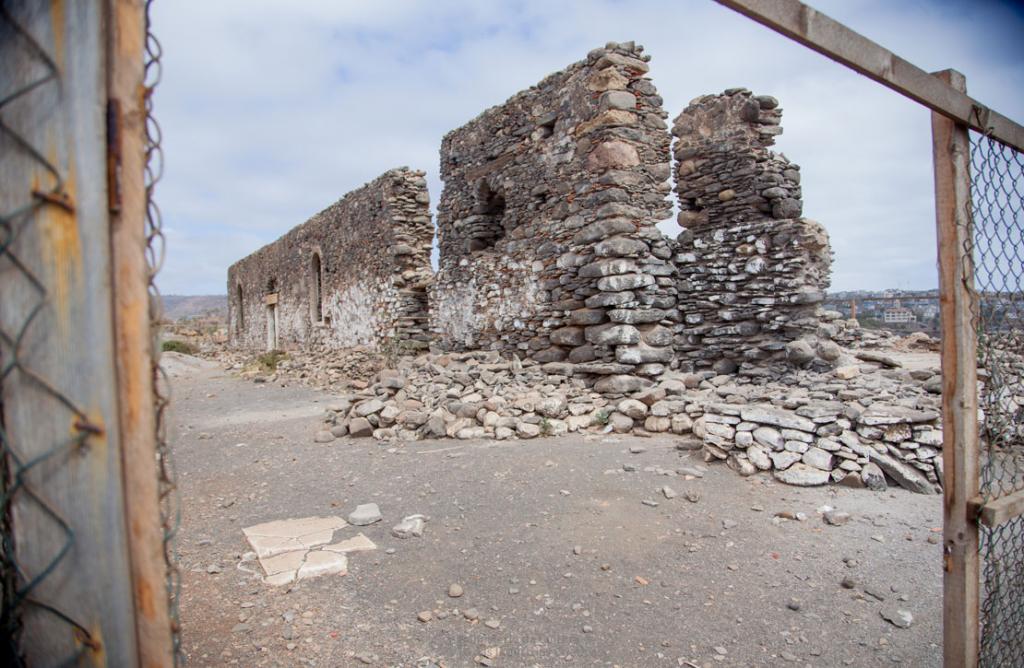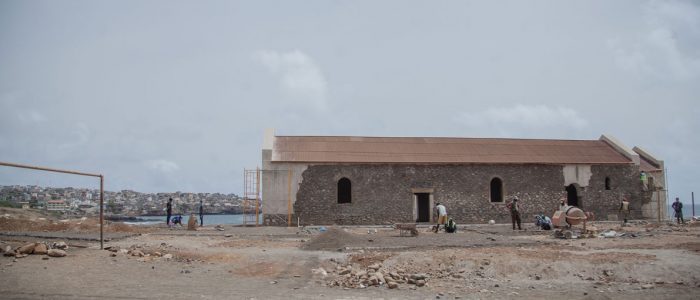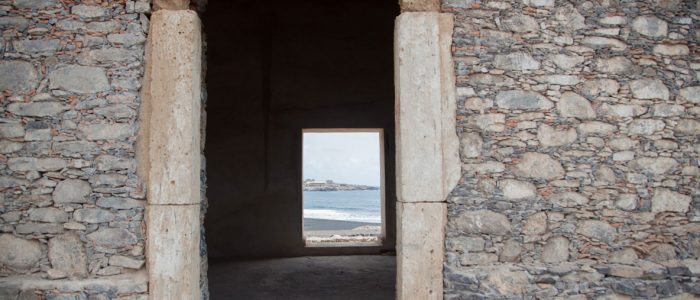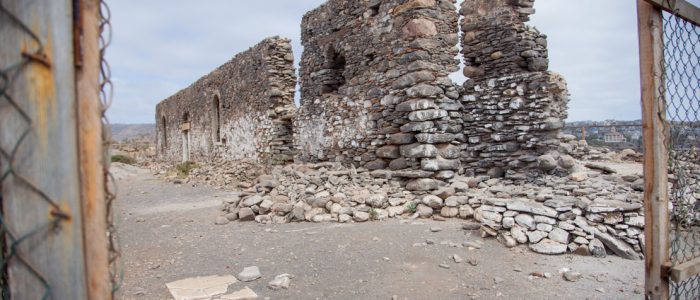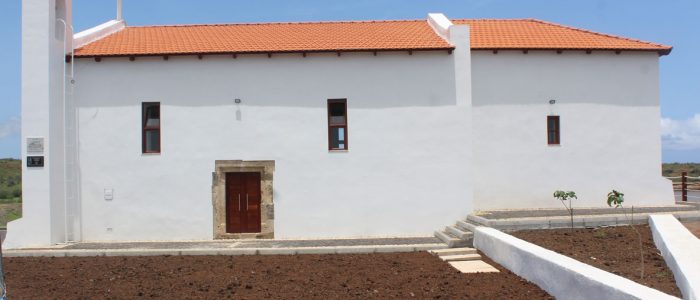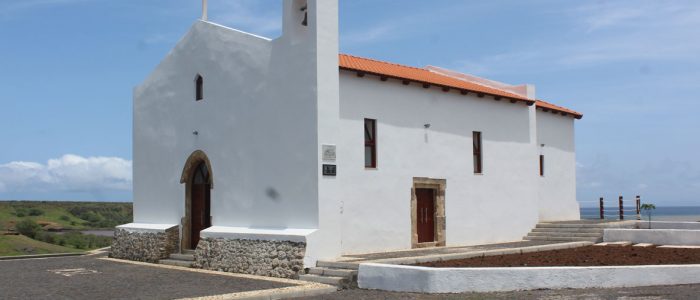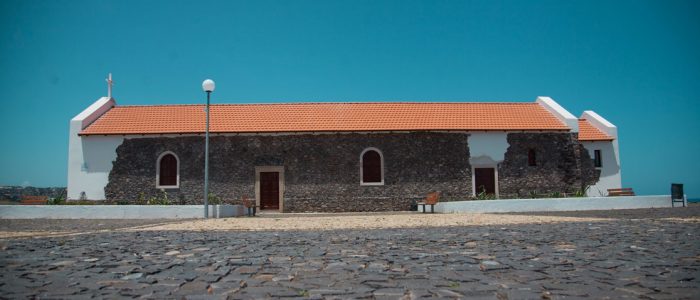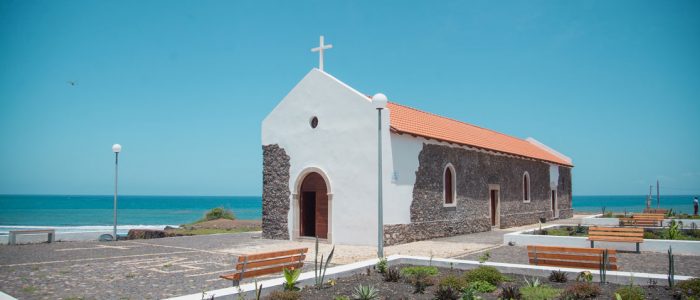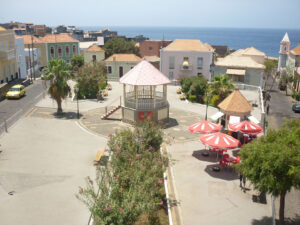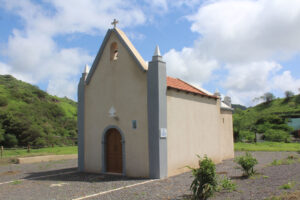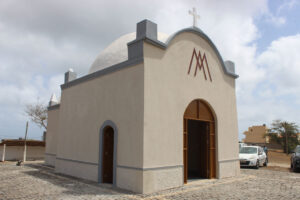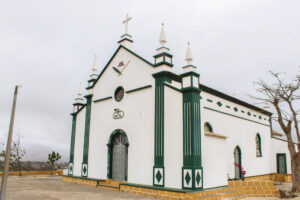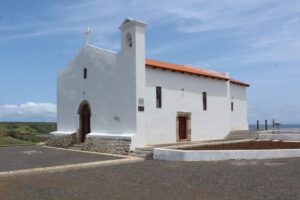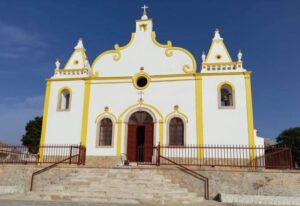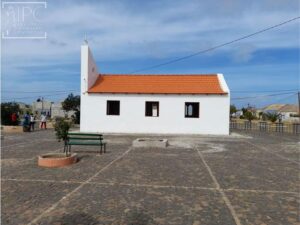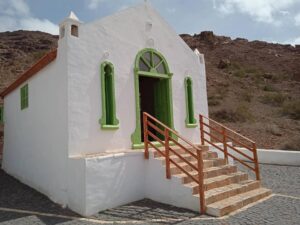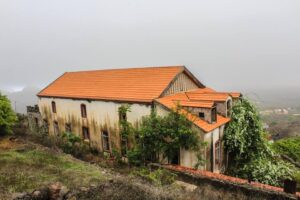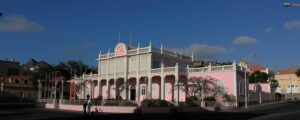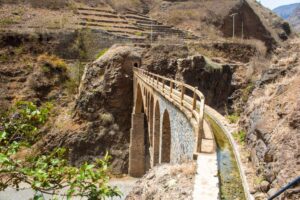The location of the ruins of the Church of “Nhô Santiago Maior” is associated with a myth, since it is located in an unhealthy area, close to a large swamp and thus, the local tradition says that the image of Santiago Maior appeared in this locality on top of a palm tree. It is believed that the saint was transported to the town of Covoada, and he returned to the place of his appearance.
Em 1954, a antiga igreja, ainda servia ao culto, quando pregou o Sr.pe. Olavo Teixeira, de passagem pela freguesia de São Tiago Maior, além de servir como lugar de culto desempenhava outras funções sociais como registo cartorial, atividades lúdicas e educacionais, exercício do controlo social e gestão dos conflitos sociais.
ler maisComo era o hábito de costumes, frisaram os entrevistados que n`altura, o espaço também serviu como o local de enterramento das pessoas, com a época da fome surgido em Cabo Verde que originou num aumento substancial de mortes, admitindo que á necessidade de construíram a antiga e atual cemitério nos anos de 1940. Ainda há prova viva da transparência dos túmulos existentes na igreja.
Em março de 2018, em parceria com a Câmara Municipal, coadjuvado pela portuguesa, Mariana Almeida, o Instituto do Património Cultural realizou uma escavação arqueológica nas ruínas da Igreja de Santiago.
This prospection confirmed the construction of the Church of Santiago Maior in the 18th century, as well as its brick construction in the wall and in the entrance arch, covered with tiles of half cane, and had an earthen floor.
During the excavations, traces of the existence of a small chapel on the side were found, traces of blue mortar, indicating that it was painted blue, inside. A chapel possibly built after the construction of the Mother Church.
In addition to the data mentioned above, human bones were found during the excavation period, as the space was used as a cemetery until its own space was built, coins from 1754 found in the sacristy, among several other objects.
It was also possible to verify the existence of three phases of works/interventions in the church, with the last one pointing to the year 1930.
